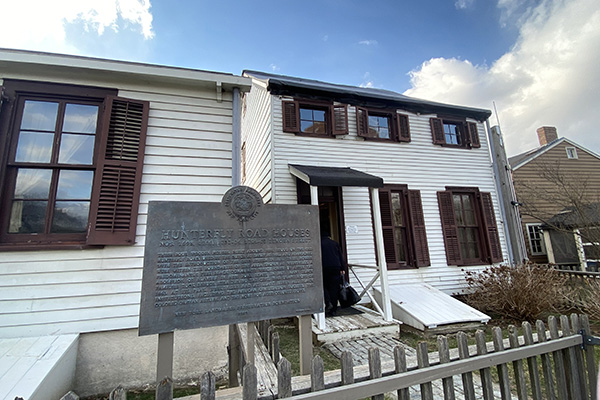
CROWN HEIGHTS — As Black History Month is celebrated across the United States, local history buffs may be interested to know that one piece of that history lies largely unknown in central Brooklyn.
That is the Weeksville Heritage Center, which preserves Weeksville, one of the first communities of free blacks in the country.
The center — which is located on Buffalo Avenue between Bergen Street and St. Marks Avenue in Crown Heights — consists of three Dutch-style houses from the 19th century. For Nancy Johnson of Jamaica, walking into the Hunterfly Road Houses is almost haunting.
“It’s amazing,” she said during a tour on a recent Saturday. “I definitely felt some spirit in there.”
“I don’t know if we’re directly related, but I definitely felt a connection, being in that house,” Johnson said. “I’m excited to do research and find out more about my family’s heritage and history. I’ve had lots of Johnson relatives in Brooklyn.”
The center seeks to preserve the history of New York’s 19th-century African-Americans after slavery in the state was abolished. The homes were designated New York City Landmarks in 1970 and added to the National Register of Historic Places in 1972.
The original Weeksville community was established in 1838 by dock worker James Weeks and his business partners, who saw political opportunity in owning the land, which was purchased from wealthy abolitionist leaders. In New York, land ownership meant voting rights for free blacks. The community was built 11 years after slavery was abolished in New York state in 1827.
The rest of this article can be found exclusively in the Feb.15 printed version of The Tablet. You can buy it at church for $1, or you can receive future editions of the paper in your mailbox at a discounted rate by subscribing here. Thank you for supporting Catholic journalism.
